Discussing the burial spectrum is one of our favourite topics we cover in our seminars. Some practices are greener than others: ideal green burial on one end and a mausoleum entombment on the other. When you consider the amount of natural resources used to build and maintain a mausoleum, it easily takes the honors as the least green option. If a mausoleum is not engineered properly and the requirements for caskets do not aid in dehydrating the body, then a mausoleum might just start to smell. People imagine that if they are embalmed, their bodies will remain intact forever like the pharaohs of old. In the first place, Egypt is a dry and arid land. In the second place, even the ancient Egyptian preservation process used salts to dry the body before it was entombed. We do not live in Egypt and our embalming is not like the ancient Egyptians. We live in a relatively humid climate with our Great Lakes, and farmland requiring a good amount of precipitation each year. A mausoleum here does not make good sense.
This mausoleum is particularly sad, not just because of the environmental impact it makes, but because a mausoleum is the most expensive form of disposition at a cemetery. People have put a great deal of personal resources into this kind of burial plan, and if someone were to go visit their tomb, it would not be a pleasant experience. I wonder, if people who choose this as their final wishes understand all the implication a mausoleum has. I wonder if they really understand just what embalming and entombing means for their remains. I wonder if we as a society, could only accept the fact that we are organic beings created from the stuff of this earth and that our physical bodies return to nurture that same earth when we die. We could cease building these large monuments to our existence, and start to live our lives in such a way that our words and actions live on instead.

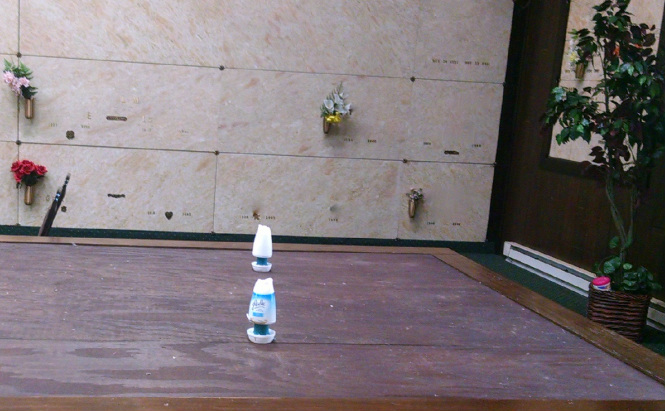
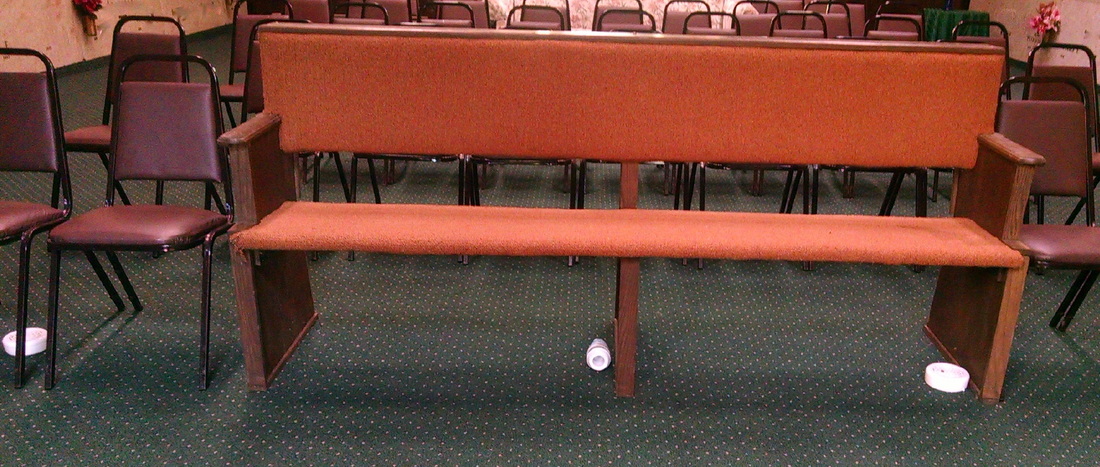
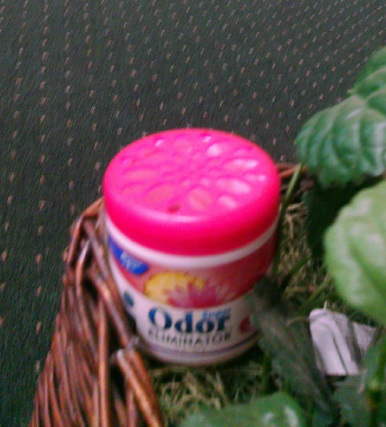
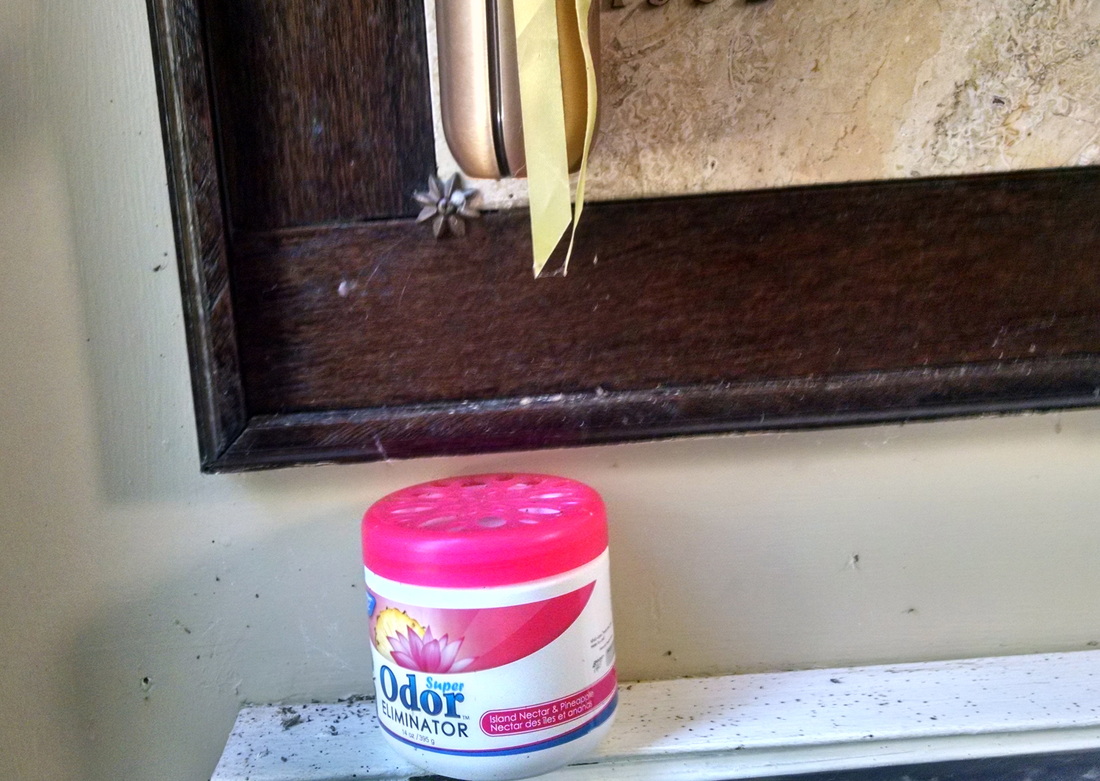
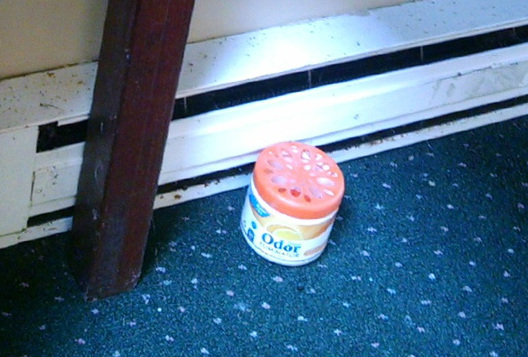
 RSS Feed
RSS Feed